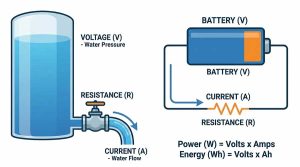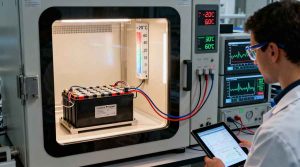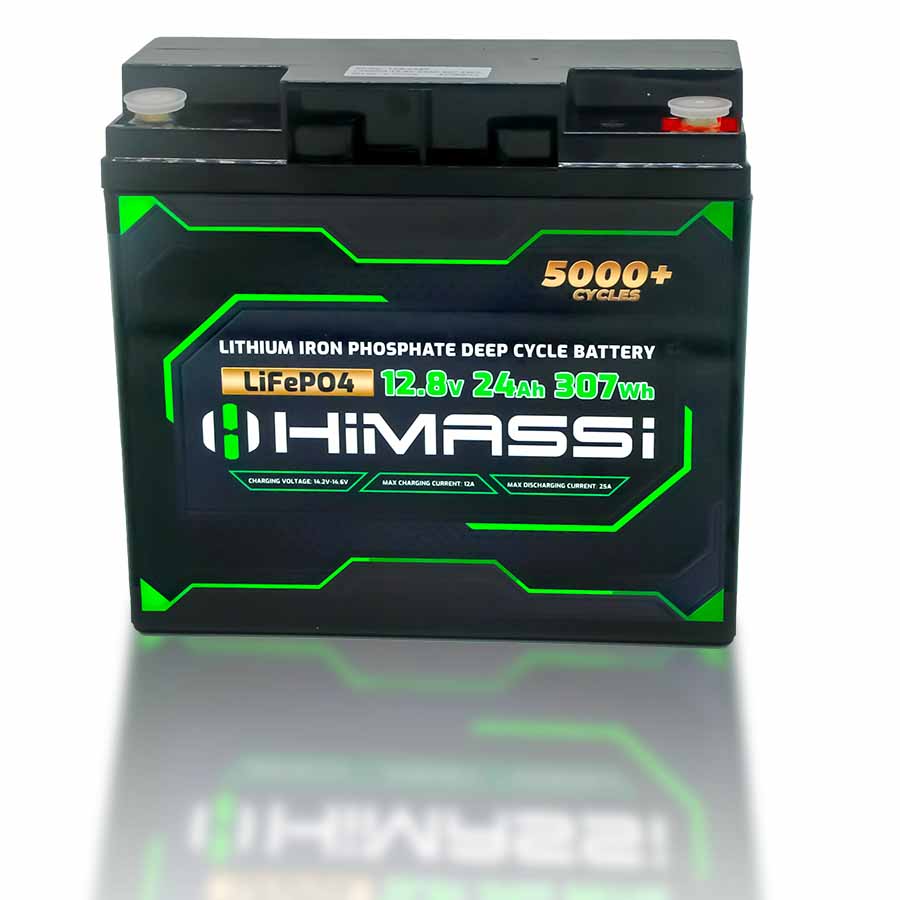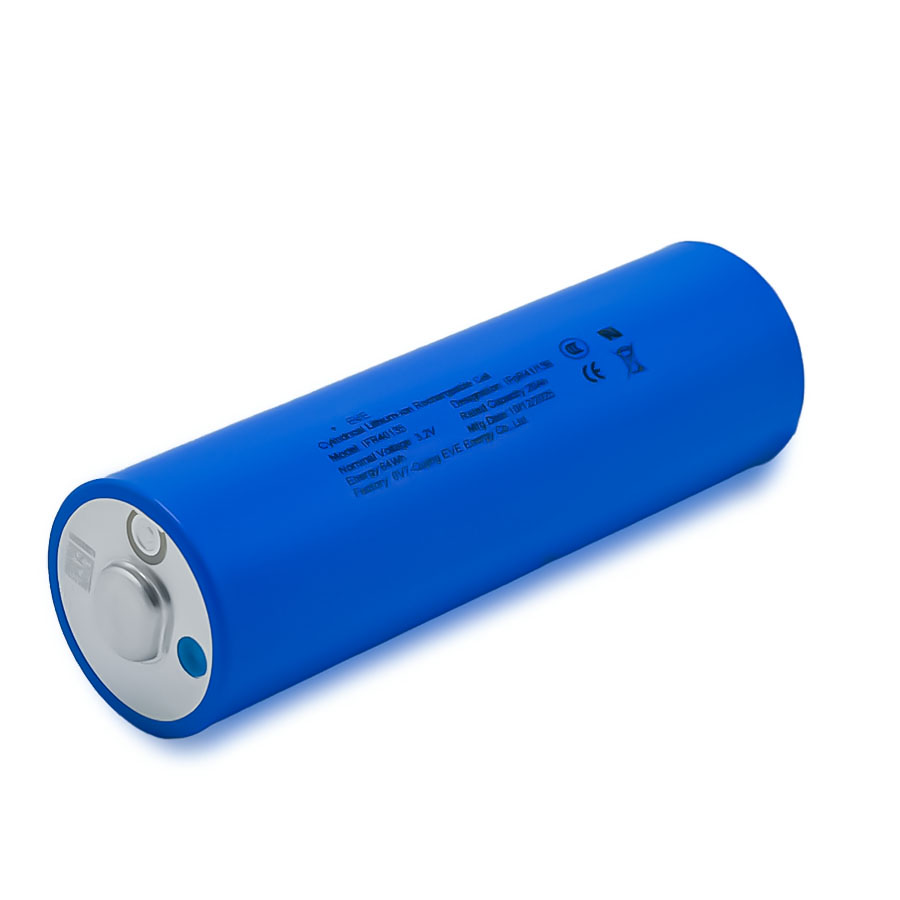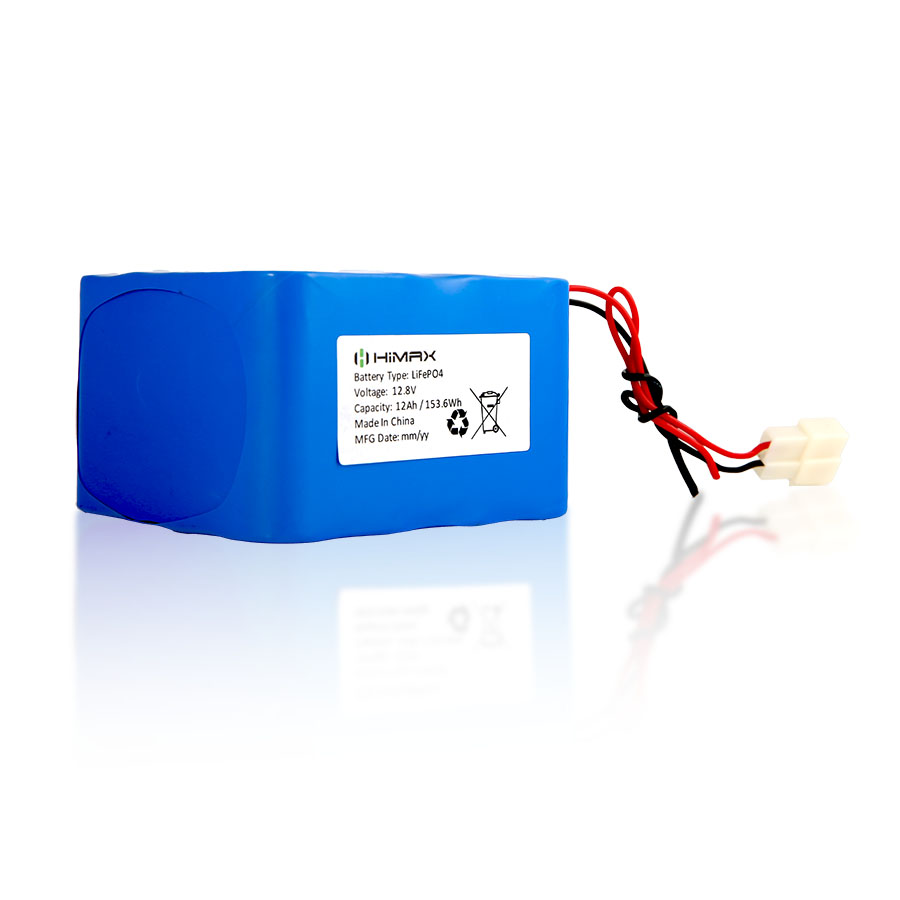In today’s fast-moving industrial world, LiPO batteries (Lithium Polymer batteries) have become a cornerstone for powering advanced tools, IoT devices, robotics, drones, and portable electronics.

However, not all industrial-grade LiPO batteries are created equal. Choosing the right one can make the difference between reliable, long-term performance and costly downtime.
Before you buy, it’s essential to understand several key performance indicators that determine whether a LiPO battery can meet the demands of your application. Let’s explore the five most critical factors you need to consider.
- Battery Capacity and Energy Density
When evaluating LiPO battery packs, the first thing you should look at is capacity — measured in milliamp-hours (mAh). This number tells you how much energy the battery can store. The higher the mAh rating, the longer your device can operate before needing a recharge.
However, capacity alone doesn’t tell the whole story. You also need to consider energy density, which refers to how much power a battery can hold relative to its weight and size. Industrial applications often require compact batteries that can deliver high energy output without taking up excessive space.
For instance, a 500mAh LiPO battery might be ideal for a portable device, while a 200mAh LiPO cell could work better for smaller sensors or wearable technology. The balance between size, capacity, and energy output determines how well the battery fits your design and operational needs.

Key takeaway: Choose a LiPO battery with the right balance between energy density and physical dimensions to match your device’s power requirements.
- Discharge Rate (C Rating)
The discharge rate, often marked as a C rating, is another critical performance indicator. It defines how quickly a LiPO battery can deliver energy without damaging its internal chemistry.
For example:
- A 1C discharge rate means the battery can safely discharge its entire capacity in one hour.
- A 10C battery can release its total charge in just six minutes.

Industrial applications like drones, robotics, or automated systems often require batteries with high discharge rates to handle bursts of current during operation. If the C rating is too low, the battery may overheat or fail to deliver sufficient power.
Always choose a battery with a C rating that exceeds the maximum load your equipment might draw. This ensures safety, reliability, and long-term performance stability.
Tip: When in doubt, go for a higher C rating LiPO battery, especially in high-drain applications.
- Cycle Life and Durability
Another vital metric for any industrial-grade LiPO battery is cycle life — the number of complete charge and discharge cycles a battery can undergo before its capacity falls below 80% of its original rating.
Industrial devices often operate continuously or in demanding environments. Batteries with short cycle lives can lead to frequent replacements, driving up costs and reducing operational efficiency.
Typically, high-quality LiPO batteries offer between 300 to 1000 cycles, depending on usage and maintenance. Factors such as temperature, discharge depth, and charging rate can also affect longevity.

To ensure durability:
- Avoid overcharging or deep discharging.
- Keep the battery within its recommended temperature range.
- Use a LiPO balance charger to maintain consistent cell voltage.
Pro tip: Choose batteries from trusted manufacturers that provide detailed cycle-life data and quality certifications such as UN38.3, MSDS, and RoHS compliance.
- Voltage Stability and Safety Features
Voltage consistency is a hallmark of a reliable LiPO battery. Inconsistent voltage can cause performance drops or even damage sensitive electronic components. Always check the nominal voltage (commonly 3.7V per cell) and ensure it aligns with your system’s voltage requirements.

Beyond voltage, safety should never be overlooked. Industrial-grade LiPO batteries should include protection circuits that prevent:
- Overcharging
- Over-discharging
- Overcurrent
- Short circuits
- Thermal runaway
Some batteries also include PCM (Protection Circuit Module) or BMS (Battery Management System) components to enhance safety and reliability, especially in large battery packs used in industrial automation or energy storage.
Safety note: LiPO chemistry is highly efficient but sensitive. Always source batteries from reputable manufacturers that follow strict production and testing standards.
- Operating Temperature and Environmental Tolerance
The fifth key factor to evaluate is the operating temperature range. Industrial applications often face extreme conditions — whether in outdoor surveillance devices, warehouse robots, or unmanned aerial vehicles.
A typical LiPO battery performs best between 0°C and 45°C during charging and -20°C to 60°C during discharging. However, for specific use cases, you might need batteries with enhanced temperature tolerance or specialized protection materials.
In cold environments, capacity and discharge performance can drop significantly. Conversely, in high-temperature conditions, chemical degradation can accelerate. Always verify that your chosen battery model is tested for environmental endurance, including humidity and vibration resistance.
Tip: For outdoor or rugged industrial applications, prioritize batteries with strong sealing, thermal protection layers, and certified quality control standards.
Why Industrial-Grade LiPO Batteries Matter
Unlike consumer-grade versions, industrial-grade LiPO batteries are engineered to withstand demanding usage cycles, higher discharge currents, and tougher environments. They often undergo more rigorous quality checks, offer better power-to-weight ratios, and include integrated protection mechanisms.
Whether you’re developing smart sensors, medical equipment, or electric mobility solutions, these batteries ensure dependable performance and operational efficiency. Investing in a premium battery can significantly reduce maintenance costs and extend the lifespan of your equipment.
Remember: Your battery is not just a power source — it’s the heart of your device. Choosing the right LiPO battery means choosing stability, reliability, and performance.
How to Match the Right LiPO Battery to Your Application
Here’s a quick guide to help you find the ideal match:
| Application Type | Recommended Capacity | Ideal C Rating | Temperature Resistance | Example Use |
| IoT Sensors | 200–300mAh | 1C–3C | Standard | Smart home devices |
| Wearables | 200–400mAh | 1C–5C | Good | Fitness trackers, medical wearables |
| Drones / Robotics | 400–800mAh | 10C–30C | High | Aerial mapping, automation |
| Industrial Controls | 500–1000mAh | 5C–15C | High | Remote control systems, sensors |
| Energy Storage Modules | >1000mAh | 1C–3C | High | Backup power, mobile stations |
The five key indicators — capacity and energy density, discharge rate, cycle life, voltage stability, and operating temperature range — are essential benchmarks when selecting the right industrial-grade LiPO battery. Understanding how each of these factors affects performance will help you make smarter purchasing decisions, improve device lifespan, and enhance operational reliability.
As industries continue to evolve, so too does the demand for efficient and sustainable power solutions. Staying informed ensures your technology remains competitive and dependable.
HiMAX: Your Reliable Partner for High-Performance LiPO Batteries (200mAh–500mAh)

HiMAX is one of the world’s leading independent designers and developers of advanced LiPO batteries. Our 200mAh–500mAh LiPO cells are engineered for industrial-grade performance, combining high energy density, long cycle life, and exceptional safety features. Whether you need power for IoT devices, robotics, wearables, or portable instruments, HiMAX delivers consistent quality and dependable performance.
With a strong focus on innovation, safety certification, and OEM customization, HiMAX LiPO batteries are trusted by engineers and manufacturers worldwide. Choose HiMAX — where advanced technology meets lasting reliability.





